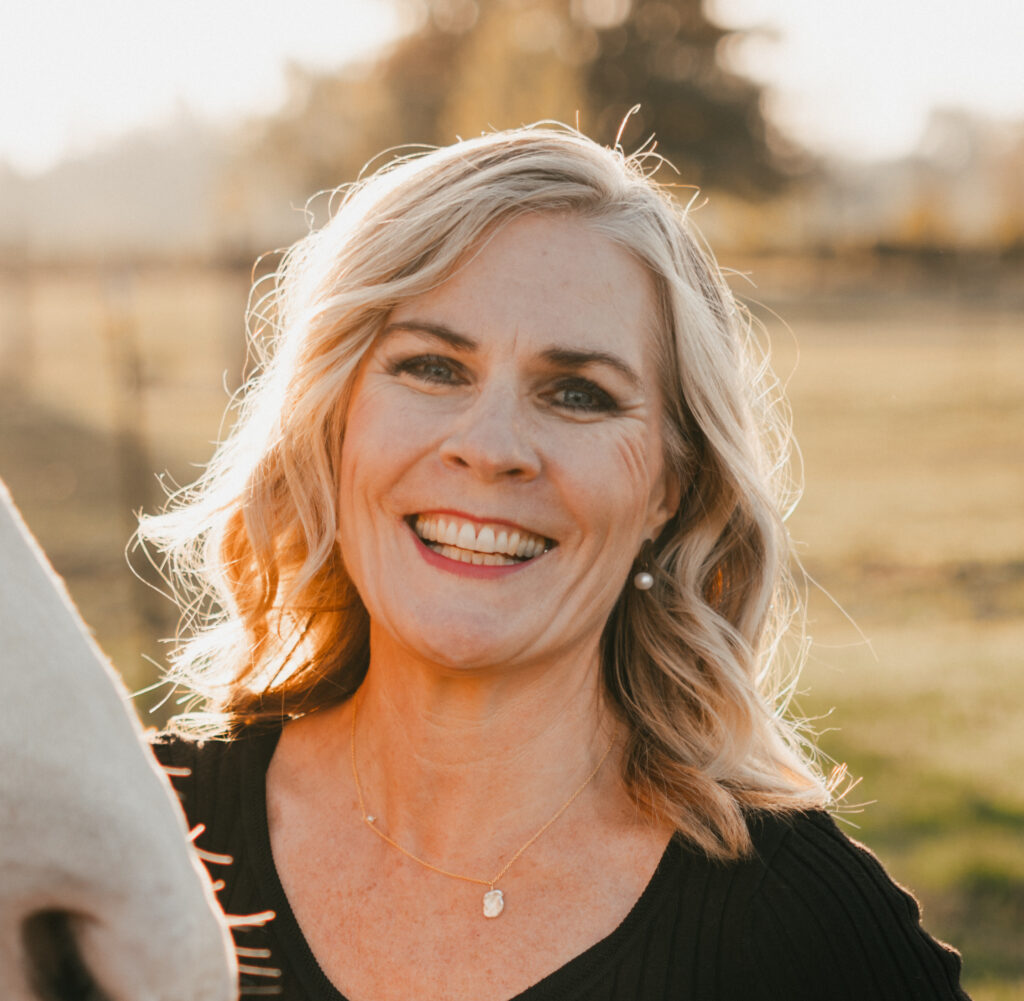The mindset shift Joel Salatin taught me about pricing your products as “craft food” instead of as a commodity.
For the second time in less than a year, my husband and I hosted Joel Salatin at our home so we could teach “The Profitable Farm Workshop.”
No matter how many times I hear Joel speak, I’m inspired to be a better farmer and steward of the land. Whenever I spend time with Joel, I always have so many takeaways.

Today, I want to share the mindset shift I had when Joel explained that our farms sell “craft food.”
Just like craft beer, it’s different, unique and only sold in “local” or small breweries. Craft beer is also sold with a premium price tag — for a reason.
It’s not a commodity.
You see where I’m going with this…
Your farm products are not a commodity.
Joel considers them “craft foods” and should have the high price tag to go along with it.
Brilliant, Joel!
This was a huge mindset shift for me and I hope it is for you too. We have to get away from the mindset that we sell a commodity. We don’t.
We sell handcrafted, often times homemade foods that you can’t find anywhere else but in our own backyards. Your products are made with love and one-of-a-kind.
They’re never a commodity and never to be sold as such.
You should never get these two things (craft food vs. commodity) confused. If you sell craft food you must charge craft food prices. And your marketing must reflex that as well.
As farmers, we often (unknowingly) succumb to the pressure of producing craft food, but sell at commodity prices. That’s a quick trip to bankruptcy if you ask me. And many of us know someone that has experienced this lesson the hard way!
When someone picks up your tomato, a pound of beef, or jar of milk and asks, “Why is this so much more money than the grocery store?”
Stop yourself from going down the guilt trip path and recognize that you’re crossing over into the commodity mindset.
You must stand with confidence in the craft food you produce and be firm in your pricing and profit margins.
Joel gave me the language to use with my customers when they price compare too. Instead of defending and explaining why your prices are so high, you can simply say:
“Great question, Beth! We decided early on to raise handcrafted beef (or milk, eggs, veggies, etc.) so our costs are much higher than commodity products you find in the store. You won’t find this level of high-quality, handcrafted items anywhere else — only on our farm.”
HOW TO PRICE YOUR PRODUCTS FOR PROFIT
I see this happen all the time with new farmers — you’re at the farmer’s market and you start looking around at what your neighbors are charging.
You get back to your booth and you price your products at the same or similar prices (give or take a few pennies).
This is a huge mistake! It’s common so don’t beat yourself up…
As a small, craft food farmer, you have to factor in all your costs plus a 35%+/- profit margin. Yes, this means your prices will probably be double that of the local grocery store.
And that’s ok. They should be.
If you’re passionate about feeding your family and community real food, it’s imperative you charge higher prices to stay in business and become a profitable farm.
If you’re a rural farm and you want to know how to get people to drive an hour or more to your farm, check it out this post here.
And if you want a FREE email course on pricing your products for profit. Click here for access to the training.
The course includes a pricing calculator so you’ll know exactly what you should be charging to stay in business for years to come.

